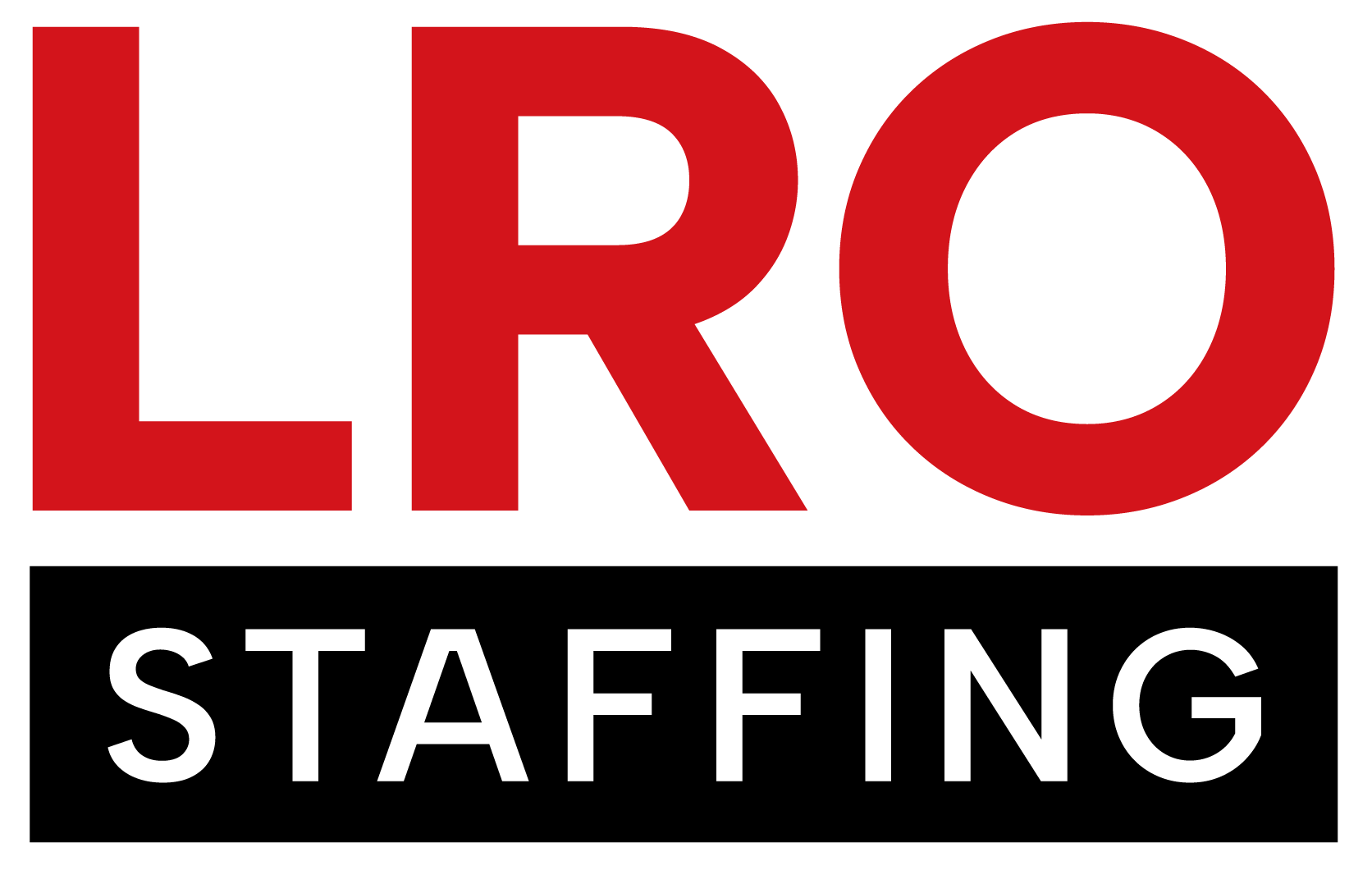Hiring the right talent is one of the most important factors for a successful organization. Beyond filling a role, hiring is about assembling a team that can collaborate, innovate, and perform at its best. Yet, even the most experienced interviewers can unintentionally let bias influence their decisions, which can limit access to diverse talent and prevent teams from reaching their full potential. Recognizing and addressing interview bias is not just about fairness, it is about creating stronger, high-performing teams.
Understanding Interview Bias
Interview bias happens when personal preferences, assumptions, or stereotypes shape how a candidate is evaluated. This can appear in subtle ways, such as preferring candidates who share your background, or more overtly, like making assumptions about abilities based on age, gender, or appearance. Bias can be unconscious, meaning interviewers are not aware it is influencing their decisions. Regardless of intent, it can result in missed opportunities to hire the best candidates and prevent teams from benefiting from diverse perspectives.
Common Types of Interview Bias
Recognizing bias is the first step to preventing it. Some common types include:
- Confirmation Bias
This occurs when interviewers form an initial impression and look for evidence to confirm it. For example, seeing a candidate’s prestigious degree may lead to assuming they are highly capable, even if their experience does not fully support it. Combatting this bias helps teams focus on actual skills and potential, not just credentials. - Similarity Bias
Also called affinity bias, this happens when interviewers favor candidates who resemble themselves in background, interests, or personality. While it may feel comfortable to hire someone “like you,” teams benefit from diverse perspectives and experiences that challenge ideas and drive innovation. - Halo and Horn Effect
The halo effect occurs when one positive trait overshadows other aspects of a candidate’s profile, while the horn effect happens when one negative trait dominates the evaluation. Addressing these biases ensures decisions are based on the complete set of skills and abilities, which helps build well-rounded, capable teams. - Gender and Age Bias
Assumptions based on gender or age can limit opportunities for talented candidates. By focusing on job-relevant skills rather than stereotypes, organizations can access the best talent and create teams that combine experience, creativity, and fresh perspectives. - Cultural or Racial Bias
These biases involve misjudging a candidate’s communication style or capabilities based on cultural background or ethnicity. Reducing this bias fosters inclusive teams where diverse viewpoints are valued, enhancing problem-solving and collaboration. - Beauty Bias
Perceptions of physical appearance can unintentionally influence hiring decisions. Evaluating candidates based on skills and experience rather than appearance ensures the strongest talent is selected.
How Reducing Bias Strengthens Teams
When organizations actively address interview bias, the benefits extend far beyond fairness. Teams become stronger, more innovative, and more effective. Here’s how they strengthen teams:
- Diversity Drives Innovation: Teams composed of people with different backgrounds and experiences generate a wider range of ideas, leading to more creative solutions.
- Improved Collaboration: A fair hiring process ensures team members feel valued for their abilities, creating an environment of trust and mutual respect.
- Better Decision-Making: Diverse teams approach challenges from multiple perspectives, resulting in more balanced and well-informed decisions.
- Attracting Top Talent: Candidates are more likely to join organizations that demonstrate a commitment to equitable hiring and inclusive practices.
Practical Steps to Combat Bias
Creating a bias-free interview process is achievable with intentional strategies such as the following:
- Standardize Your Interviews
Structured interviews where each candidate is asked the same questions in the same order allow for objective comparison. Use scoring rubrics to focus on skills and experience rather than gut impressions. - Train Your Interviewers
At LRO Staffing, our staff have received specialized training to reduce unconscious bias in hiring. This type of training helps interviewers recognize their own assumptions and make decisions that are fair and evidence-based. Organizations can also provide similar training to internal hiring teams to improve evaluation quality. - Diversify Interview Panels
Including multiple perspectives in the interview process reduces the likelihood that one person’s bias will dominate. Panels that reflect different genders, ages, and cultural backgrounds contribute to more balanced assessments. - Focus on Job-Relevant Criteria
Define the skills, experience, and qualifications necessary for the role. Ensure interview questions and evaluation metrics align with these criteria, minimizing the influence of unrelated personal traits. - Use Blind Screening Where Possible
Removing identifying details such as names, age, or schools during the initial screening can help focus on what truly matters, such as experience and capability. - Encourage Reflection and Feedback
Interviewers should regularly reflect on their decisions and ask whether personal assumptions influenced their evaluations. Collecting feedback on hiring processes can identify patterns that indicate bias and improve future interviews.
Tools to Support Bias-Free Hiring
Organizations can also leverage practical tools to reduce bias, such as:
- Applicant Tracking Systems: Many systems allow for anonymized candidate information and can track hiring patterns to ensure fairness.
- Interview Scorecards: Structured scoring systems make evaluations consistent and transparent.
- Question Banks: Pre-approved, job-related questions help ensure consistency across interviews.
- Continuous Training: Providing workshops or e-learning on bias awareness keeps interviewers informed and mindful.
Creating a Culture of High-Performing Teams
Reducing interview bias is most effective when it is part of a broader commitment to building strong teams. Leadership plays a key role by modeling fair and inclusive behavior and by encouraging open discussions about bias and decision-making. Organizations that embed fairness, inclusion, and transparency into their culture are better positioned to attract and retain top talent. Employees in these environments are more engaged, more collaborative, and more motivated to contribute to shared success.
Taking Action for Stronger Teams
Preventing bias in interviews is an ongoing process, but the payoff is significant. By recognizing different types of bias, implementing structured interview practices, and training staff to evaluate candidates objectively, organizations can hire individuals who are best suited for the role and who complement the existing team. The result is a high-performing, inclusive team capable of innovation, collaboration, and sustainable success.
For organizations seeking guidance in creating bias-free hiring processes and building stronger teams, LRO Staffing provides expertise in recruitment and placement across Canada. Our staff have received specialized training to reduce unconscious bias in hiring, ensuring that every candidate is evaluated based on skills, experience, and potential.
Contact us today to learn how we can help your organization assemble a team that thrives. By focusing on fair and strategic hiring practices, you can build stronger, more innovative, and more successful teams that deliver results.


Join the discussion One Comment